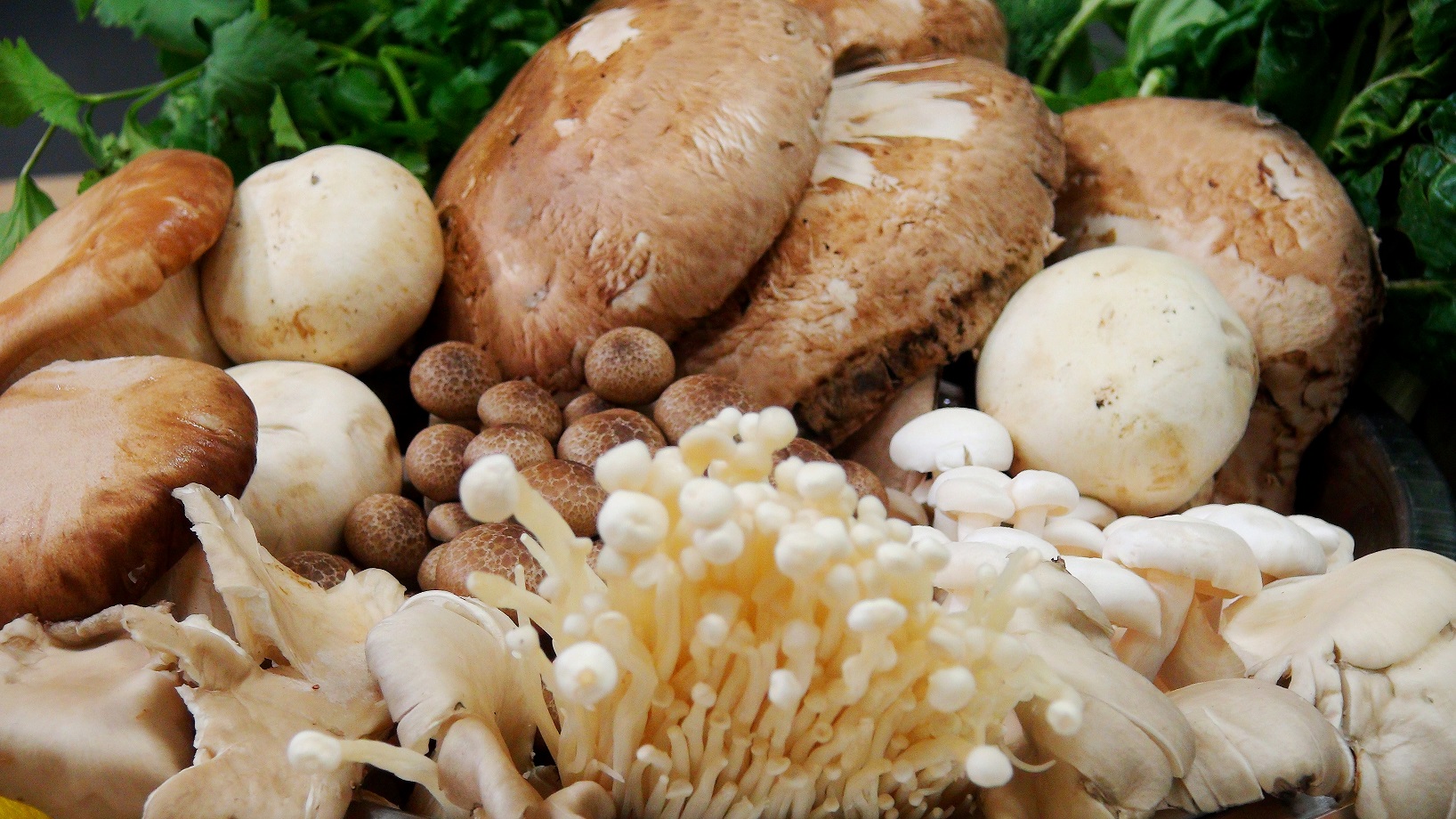In recent years, another intriguing trend has emerged within the culinary world: foraging. Chefs will head into the great outdoors in order to search for their ingredients, including acorns, mushrooms and many kinds of green vegetables. The art of foraging represents an exciting development for culinary graduates, and a chance to learn a new skill and worldview to become a more well-rounded chef. For those interested, here is a little insight into why chefs everywhere are choosing to forage:
‘Foraging is a way to use only the most natural ingredients in cooking.”
A return to nature
Perhaps the most obvious question is why so many chefs have begun to use an ancient technique like foraging instead of modern sourcing in the first place Speaking with CulinaryTrends.net, chef Josiah Slone said that he forages because he can find the best ingredients possible. Whereas farming takes a lot of work to create a perfect specimen, finding a food in nature means it’s much purer and more delectable. Meanwhile, chef David Kinch said that he prefers to forage because it’s exciting for customers, and a chance to enjoy food in a new and interesting way. Offering that experience helps set Kinch’s restaurant and menu apart from competitors.
Something old, something new
For some people, there may be no discernible difference between ingredients harvested in the wild and those purchased from standard suppliers. However, chef Daniel Patterson of Coi told the San Francisco Chronicle that foraging does have a huge effect on a restaurant’s dishes. For one, these wild ingredients have different accents and aromas from their counterparts. Patterson said that he uses wild angelica root on various dishes because its mix of earthiness and licorice notes enhances items like broad beans and morel mushrooms. Patterson also relies on foraging to break away from the norms adopted by many restaurants and to get back to a simpler, more soulful way of cooking.
Foraging like a pro
Foraging isn’t necessarily complex, but it does take more than walking into a field and picking away at mushrooms or random greens. To ensure successful foraging every time you go out, pay heed to the following:
- Pay attention: When you’re out foraging, look for signs that a field may have been irrigated or treated with pesticides. Avoid these fields at all cost, no matter the bounty they may present.
- Get a buddy: When you’re foraging for the first few times, it’s always good to bring someone along who is more knowledgeable to make sure you’re following all the right guidelines.
- Seasons matter: For instance, leeks are better harvested in the spring, while mushrooms are better around the fall. Foraging out of season results in lower quality ingredients.
- Get a guide: The USDA has put together a handy guide of edible and poisonous plants. Consult it often as you learn to forage properly.
- Watch the roots: As you forage, try to avoid pulling the root from the ground, as the plant won’t be able to regrow.
- Timing matters: Aside from the season, it’s best to harvest early in the day, before heat damage can occur, and before flowering, as this lowers the total leaf production.
- Keep it clean: After harvesting, be sure to wash every ingredient thoroughly. You should also use small samples to check for any reactions before cooking.
To find ingredients in your neighborhood, consult the interactive map Falling Fruit. It’s got foraging locations and descriptions for several U.S. cities.





